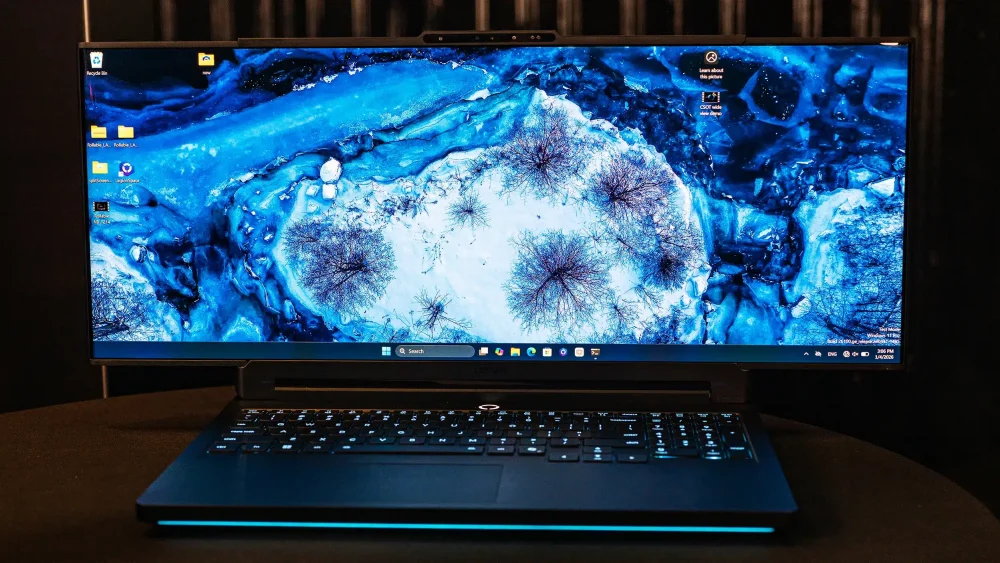The initial excitement surrounding AI is beginning to wane. Investors who once jumped on the AI bandwagon without fully understanding the technology are now feeling the repercussions. The rapid pace of innovation in AI has slowed, its practical applications remain limited, and the costs of running it still need to be lowered. Analysts from Deutsche Bank note that companies are shifting their focus from ambitious, futuristic uses to practical applications that can provide real value.
When generative AI tools were first released to the public last year, they sparked a frenzy of interest, becoming one of the most talked-about topics. However, these tools are more likely to be integrated into existing software as productivity enhancers rather than as groundbreaking, transformative applications. A recent poll from the Reuters Institute found that while 29% of people in the UK have tried ChatGPT, only 2% use it daily. As analyst Benedict Evans points out, many users “didn’t see how it was useful.” Despite this, Deutsche Bank analysts suggest that, over time, AI will likely be widely implemented in workflows, following an ‘S-curve trajectory’ rather than a quick, exponential rise.
Earlier this year, the Wall Street Journal reported that Sam Altman, CEO of OpenAI, was in talks to raise between $5 trillion and $7 trillion to overhaul the global chip industry and secure the necessary computing power for AI’s future. This belief in scaling computing power to achieve more advanced AI has driven significant investment. However, we may now be entering a phase of profit-taking. As markets recognize that prices can’t keep rising indefinitely, some investors are pulling back, causing a downturn in AI-related stocks. Despite the company’s strong financial performance, semiconductor stocks, mainly Nvidia, have felt the impact.
Nvidia, the leading AI chip manufacturer, recently reported stellar earnings: a 122% increase in sales in the second quarter and doubled profits. However, despite these impressive numbers, Nvidia’s shares dropped by 7% following the earnings report. For a stock that has already surged over 150% this year, the dip reflects a more cautious outlook from Wall Street rather than any fault of Nvidia’s. Investors are beginning to reassess the actual value of AI technology and its potential to generate revenue. Big Tech has little to show for the billions spent on AI. Despite the hype surrounding tools like ChatGPT and Google Gemini, they must still fulfill their revolutionary promises. Instead, what most people currently want from AI is to make everyday tasks a bit easier.
If the AI boom is likened to a gold rush, Nvidia has been selling the “shovels and axes” necessary to capitalize on it. As Nvidia’s CEO Jensen Huang explained, the company’s chips are used not only in AI chatbots but also in ad-targeting systems, search engines, robotics, and recommendation algorithms. The data center business alone accounts for nearly 90% of Nvidia’s revenue. There are concerns about Nvidia’s future dominance. Although the company enjoys a near-monopoly on AI chips, its primary customers—like Google and Amazon—are racing to develop their own AI hardware. This competition could eventually threaten Nvidia’s market position.
While these market dynamics play out, humanity has more significant issues to worry about, and AI isn’t the immediate answer for now.
Sources: edition.cnn.com, marketwatch.com, theguardian.com


